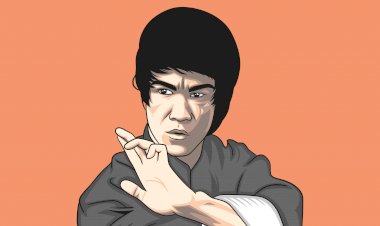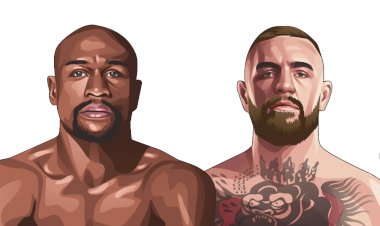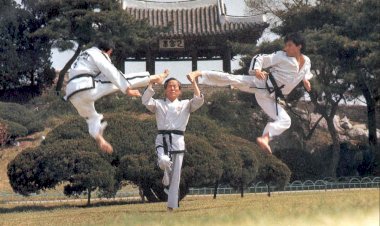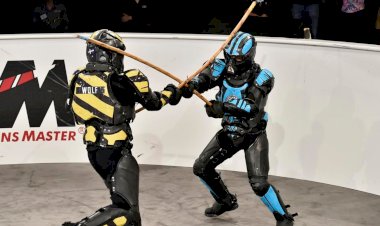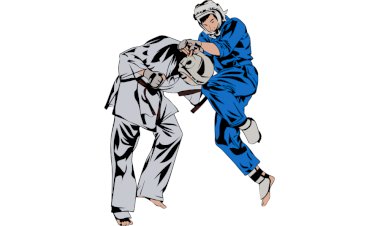WWE Wrestling the beginning, the boom and the present
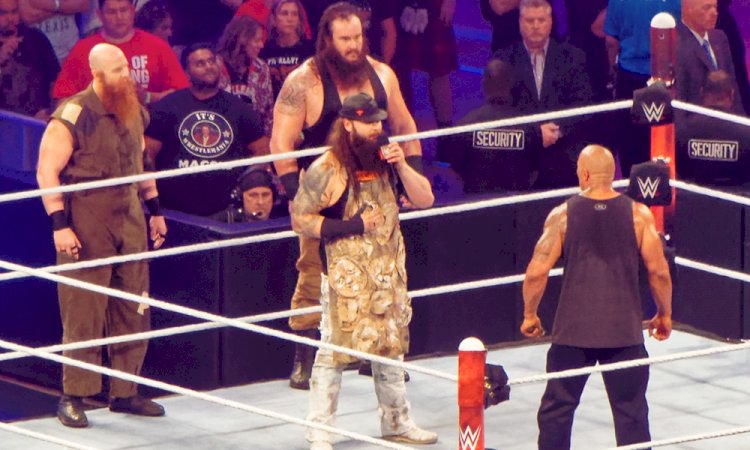
Early days
On January 7, 1953, Vince J. McMahon founded WWE as Capitol Wrestling Corporation as part of the National Wrestling Alliance (NWA). But, just a decade later, He would leave the Alliance and create the World Wide Wrestling Federation. The federation would skyrocket at the beginnings of the 70s by holding massive shows at Shea Stadium or Madison Square Garden and the entire northeast megalopolis. Also, unlike the other promotions, WWWF held its events monthly rather than weekly. The matches usually included a babyface champion (good guy) facing a heel challenger (bad guy).
Most popular wrestlers during this era: Bruno Sammartino, Billy Graham, Bob Backlund, and Dusty Rhodes
The Golden Era and the 80s boom
For marketing purposes, the WWWF changed its name to the World Wrestling Federation (WWF) in 1979. During the 80s, the WWF began enjoying more and more popularity. Also known as “The Golden Era”, WWF began growing beyond the US limits worldwide. Upon taking over the company from his father, Vincent K. McMahon established the Titan Sports, Inc and began working on settling the deals with the major television companies.
Interestingly, the WWF used all of the profits from the advertising and TV deals to bring in the wrestlers from the other promotions. A very smart move by McMahon! But, in order to become a National sport, WWF needed approval from the NWA, which they didn’t receive. Instead, WFF focused on becoming bigger and larger than NWA itself.
To achieve this, McMahon continued to sign stars from other associations like Jesse Ventura, Big John Stud and most famously, Hulk Hogan. With the more revenue coming in, WWF was able to hold the shows all over the state and secure major TV deals.
In 1985, McMahon introduced the concept known as WrestleMania that would change the face of WWF completely. The concept was marked as Super bowl of wrestling and it included many celebrities at that time like Muhammad Ali. To this day, WrestleMania shows are among the most popular shows on earth. For example, the WrestleMania III had an attendance of 93, 173 people!
Most popular wrestlers during this era: Hulk Hogan, Rowdy Roddy Piper, Big John Studd, and many others.
Turbulent 1990s
During the 90s, the reputation of WWF would begin declining with the allegations of steroid abuse and distribution in 1992. Also, the company revenues began falling and the famous wrestlers started switching to rival promotions such as WCW. What’s more, the babyface hero Hulk Hogan left as well. In the following years, WWF would go into the television rating wars with WCW and other new promotions.
With the fierce rivals dominating the market, WWF decided to change its business model from being family-friendly to a more adult-oriented program. This would prove as a great move just a few years after. Also, Titan Sport, Inc. was renamed to World Wrestling Federation, Inc. But, shortly after, the company got renamed once again to World Wrestling Federation Entertainment, Inc. Despite all of these changes, the company continued to struggle until the end of the 90s.
Most popular wrestlers during this era: Bret “Hit Man” Hart, Shawn Michaels, and The Undertaker
The Birth of World Wrestling Entertainment (WWE)
At the end of the 90s, the decision to make the product more adult-oriented began winning those television wars against WCW. What’s more, WCW began seriously falling after Time Warner merged with AOL. McMahon took the opportunity to purchase WCW’s tape library, contracts and most importantly, integrate all the talents from WCW and ECW roster. With this business move, WWF instantly became the largest wrestling promotion in the world.
On May 5, 2002, WWF changed its name once again into today’s famous World Wrestling Entertainment (WWE). The same year, WWE decided to extend its brand by creating two separate rosters named “Raw” and “SmackDown!” while the third ECW was there to support these two with the free-agent wrestlers. Raw and Smackdown! operated basically as two different promotions and they held their pay-per-view events separately. However, the two brands got merged in 2011 with the brand extension phasing out.
From this point, WWE put large resources on spreading the brand worldwide and lunching the WWE Network. They would start holding live events all over the world and focus even more on television and film production. Also, WWE is a massive brand which is branched out into the other things like football, moves and various business ventures.
Today, WWE has over 140 wrestlers and stages over 500 events a year in more than 150 countries. WWE shows like WrestleMania are amongst the most watchable events all over the world.
Article by Bushu.ch

